This article was medically reviewed by Erik Kramer, DO, MPH. Dr. Erik Kramer is a Board-Certified Primary Care Physician at the University of Colorado. With over 15 years of experience, his clinical interests include obesity and weight management, diabetes care, and preventive care, as well as embracing a holistic approach to primary care. He received his Doctorate in Osteopathic Medicine (D.O.) from the Touro University Nevada College of Osteopathic Medicine and completed his residency at Central Maine Medical Center. Dr. Kramer is a Diplomate of the American Board of Obesity Medicine.
This article has been viewed 143,726 times.
If you have an open wound, or a wound that is healing, there are different kinds of drainage that can occur. Discharges like clear liquid, yellow discharge, and traces of blood are common. This drainage occurs because of the fluid and protein found between the tissues and muscles; the drainage changes colors depending on the severity of inflammation or type of infection.
Steps
Preparing to Treat the Wound
-
1Identify normal wound drainage. In treating a draining wound, it is important that you have an idea of normal drainage looks like. Types of normal wound drainage include[1] :
- ’’Serous drainage:’’ This type of drainage can manifest as a clear colorless drainage or a slightly yellowish discharge. This sort of drainage is not produced enough that it can soak a bandage.
- ’’Serosanguinous drainage:’’ This type of drainage manifests as a thin, watery discharge that is made of blood and serum. Because there is only a small amount of blood, the discharge may be pinkish.
-
2Identify abnormal wound drainage. While it is helpful to know what is normal, it is also important to be aware of what to look out for in the event of infection. Types of abnormal wound drainage include[2] :
- ’’Sanguinous drainage:’’ This type of drainage has a lot of blood in it. It will be bright red.
- ’’Purulent discharge:’’ This is also known as pus. The color of pus discharge varies— it can be green, yellow, white, gray, pink, or brown. Pus normally smells very bad.
Advertisement -
3Perform proper hand washing before and after treating the wound. Washing your hands will limit the amount of bacteria that you expose your wound to. Proper hand washing involves:[3]
- Wetting the hands with warm or cold water.
- Lathering the hands using soap.
- Scrubbing hands for as long as 30 seconds to effectively remove bacteria and dirt.
- Rinsing the hands under running water.
- Drying the hands using a clean towel.
-
4Put on a pair of clean gloves. While washing your hands is generally enough to keep your wound from becoming infected, water and soap will still leave microbes behind on your hands. Because of this, wearing gloves will serve as a further barrier between bacteria and your wound.
- Remove the gloves after you have treated the draining wound.
Treating the Wound
-
1Clean the wound using an antiseptic solution. Washing and cleaning the draining wound with hydrogen peroxide or povidone iodine will help remove old dead skin cells and wound debris. Antiseptic solution contain germ-killing components can facilitate wound healing.
- Cleaning a draining wound should be once a day, or when the bandage over the wound get soiled or wet.
- Before cleaning the wound using an antiseptic solution, be sure you have washed it under running water.
- When cleaning using hydrogen peroxide or povidone iodine,, pour the solution on a cotton ball or piece of gauze and run it gently over the wound. Clean the wound in a circular motion, starting from the center of the wound and working your way out to the edges of the wound.
-
2Apply an antibacterial ointment. This ointment can both fight off bacteria and help your skin to retain moisture. Commonly used antibacterial ointments include[4] :
- Bacitracin (Neosporin). Apply this to the wound 3 times a day.
- 2% Mupirocin (Bactroban). Apply this to the wound 3 times a day every 8 hours.
-
3Cover the wound using a gauze bandage. Cover the wound before the ointment you have put on it dries. Your wound should be kept moist, as too much dryness can cause the healing skin to breakdown.
- Put a piece of clean gauze over the wound and tape the edges of the gauze down with medical tape. Alternately, some large gauze bandages come with adhesives on the bandage already. [5]
-
4Change the dressing whenever it gets wet. Keep your dressing dry and clean, as this will help to keep your wound from getting infected. If you notice that the bandage is damp, replace it with a new one.[6]
- If your dressing gets soaked, it should be changed immediately to avoid spreading bacteria found in the wound discharges.
-
5Know when to seek medical help. You should monitor the amount and characteristic of your wound’s drainage. Normal wound drainage releases only mild to moderate amounts of discharge.[7]
- If the bandage gets soaked several times a day, it indicates that you are experiencing abnormal wound drainage.
- You should call you doctor right away and go to the nearest hospital as severe wound bleeding or hemorrhage can potentially be fatal due to excessive blood loss.
References
- ↑ http://www.patient.info/doctor/Surgical-Drains-Indications-Management-and-Removal.htm
- ↑ https://www.woundsource.com/blog/identifying-different-types-wound-drainage
- ↑ https://www.cdc.gov/handwashing/when-how-handwashing.html
- ↑ http://www.patient.info/doctor/Surgical-Drains-Indications-Management-and-Removal.htm
- ↑ https://medlineplus.gov/ency/patientinstructions/000040.htm
- ↑ https://www.fairview.org/Patient-Education/Articles/English/p/o/s/t/t/Post_Op_Wound_Check_Bleeding_116433en
- ↑ https://medlineplus.gov/ency/patientinstructions/000040.htm
About This Article
To treat a draining wound, first, wash your hands with soap and running water, and then pull on a pair of clean gloves. Washing your hands and wearing gloves will protect your wound from bacteria so it doesn't get infected. Then, apply some antibacterial ointment to the wound, which will help fight off bacteria. After you've applied the ointment, cover the wound with a gauze bandage. Change the bandage whenever it gets wet to allow the wound to heal and seek medical attention if you experience severe wound drainage. For more information about treating draining wounds, like how to identify normal and abnormal drainage, read on!
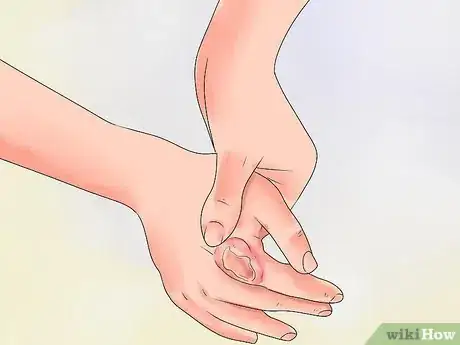

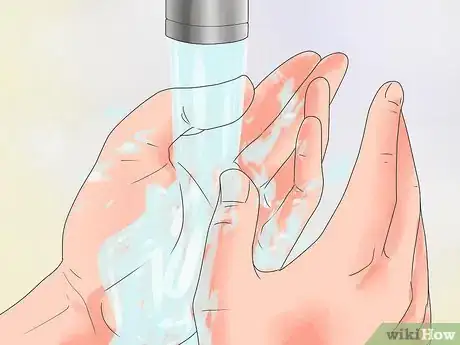



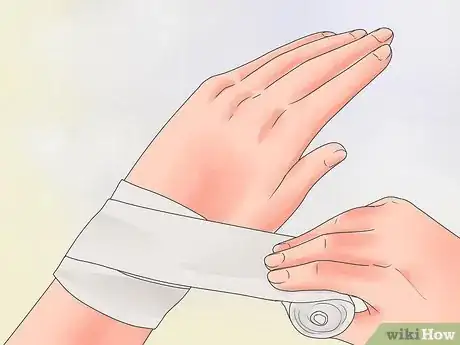
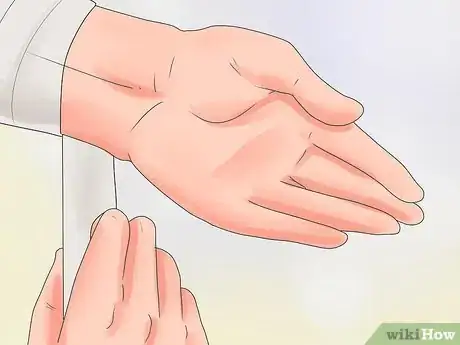

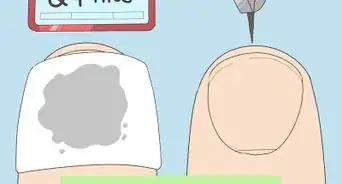
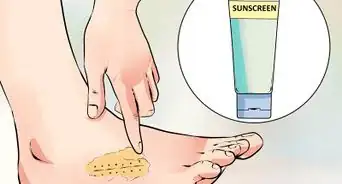

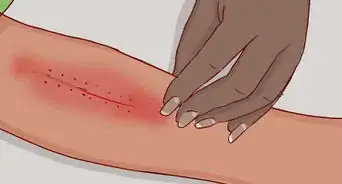
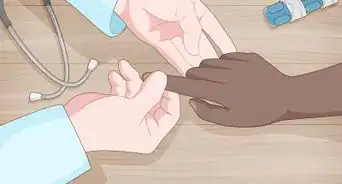

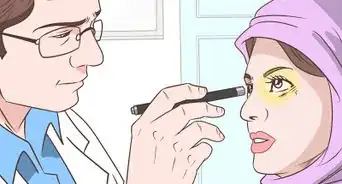
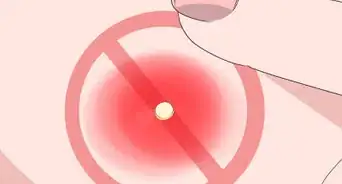
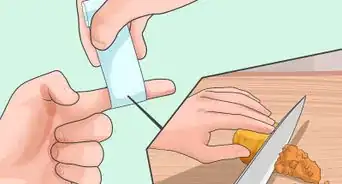
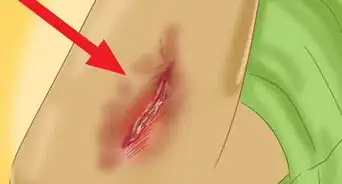









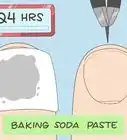
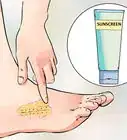





































Medical Disclaimer
The content of this article is not intended to be a substitute for professional medical advice, examination, diagnosis, or treatment. You should always contact your doctor or other qualified healthcare professional before starting, changing, or stopping any kind of health treatment.
Read More...